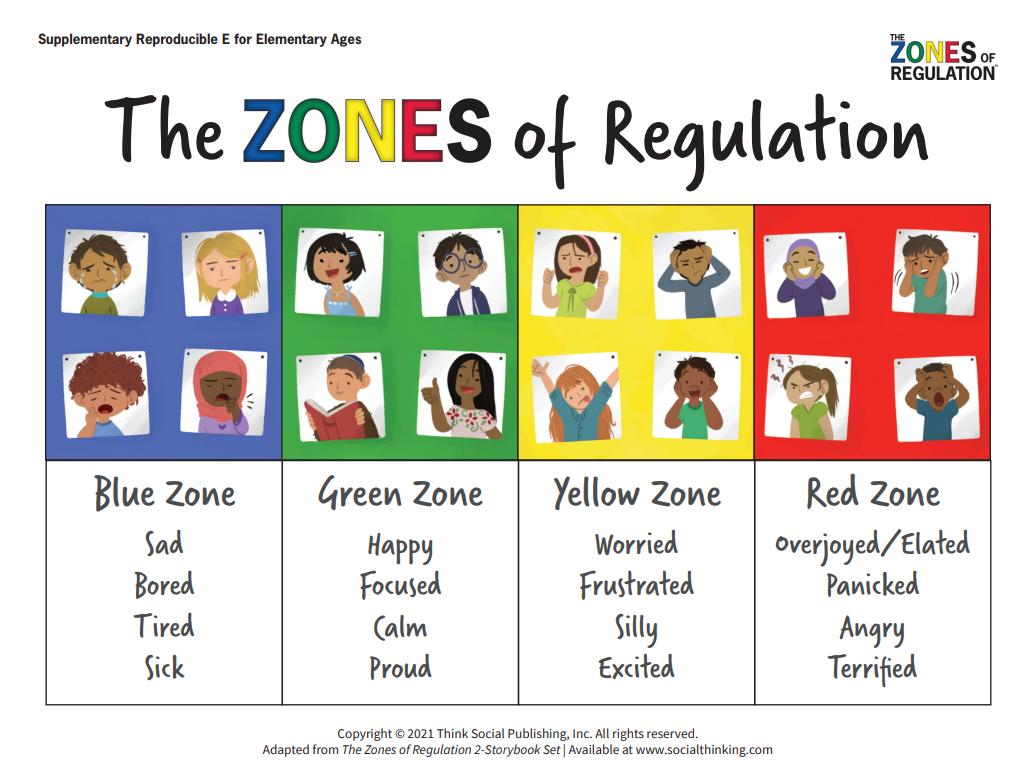Self-regulation, the ability to manage emotions, focus attention, and inhibit impulsive behaviors, is crucial for children's success both academically and socially.
As Occupational therapists, we play a significant role in helping children acquire these skills. Some of the popular frameworks utilized are the Zones of Regulation program, ALERT program, Mindfulness activities, and Yoga.
Incorporating Self-Regulation in IEP Goals
Self-regulation goals can be integrated into IEP goals in several ways that can improve focus during classroom activities or reduce anxiety during transitions.
The Zones of Regulation program organizes our feelings, levels of alertness, and energy levels into four zones: Red (Angry/Scared), Blue (Sad/Tired), Yellow (Agitated/Worried), and Green (Focused/Calm). During the day, children transition from one zone to another based on the time of day, activity, people, and environmental situations. Within this framework, you can implement various calming strategies:
- Deep Breathing: Effective for moving from Yellow to Green Zone.
- Counting to 10: Helpful for transitioning from the Red to Yellow Zone.
- Sensory Breaks: Useful for all zones, these can include tactile or vestibular activities like deep pressure touch (squeezing a ball or putty), movement activities (taking a walk), and even videos from creators like GoNoodle.
- Positive Affirmations: Encourages a shift from Blue to Green Zone.
Classroom Implementation
Teachers can set up a “Calming Corner" where kids can have easy access to these calming strategies. This would be equipped with sensory tools such as stress balls, sensory bins, fidgets, deep breathing charts, yoga poses, and coloring books. Teachers can also integrate "Feelings check-ins" into the daily schedule, where students identify their emotions, how their bodies feel, and what strategies they might use to regulate themselves.
Teaching classroom-based strategies enable students to be equipped with skills to self-regulate, which in turn leads to better focus and engagement in learning.
Author: Jameela Lavangia, MA OTR/L

